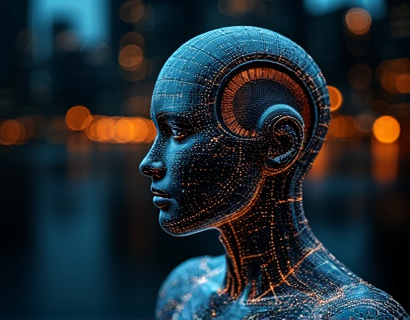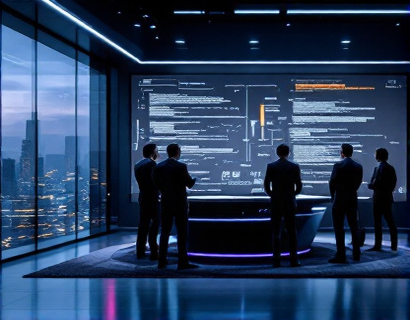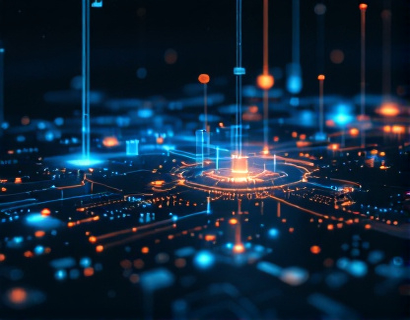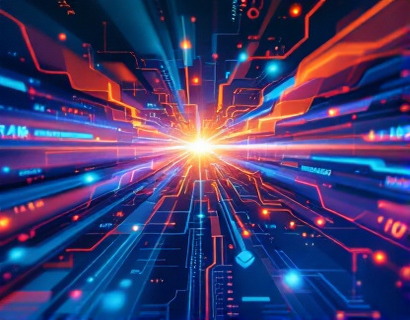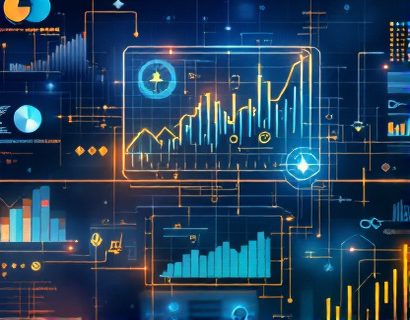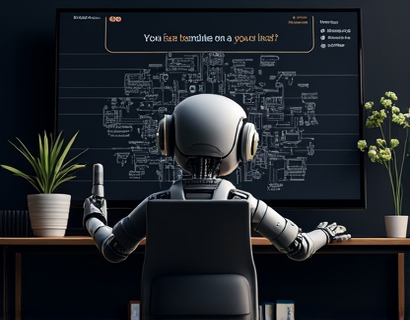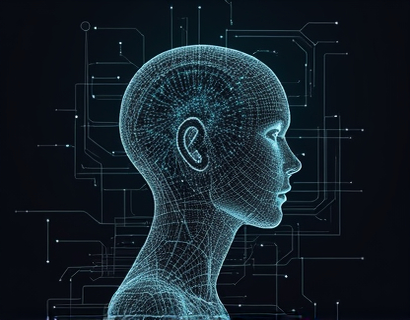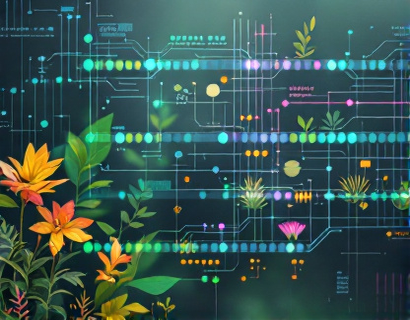Unlocking Global Communication with Advanced AI Translation Technology
The advent of advanced AI translation technology has revolutionized the way we communicate across languages and cultures. This technology has made it possible to break down the barriers that once hindered global interactions, fostering a more interconnected world. The precision and speed of these AI-powered tools have set a new standard in translation, enabling businesses and individuals to connect seamlessly across diverse linguistic landscapes.
In today's globalized economy, the ability to communicate effectively in multiple languages is not just an advantage but a necessity. Whether it's conducting international business, collaborating on global projects, or simply engaging with a multicultural community, the need for accurate and efficient translation services is paramount. Advanced AI translation technology addresses this need by offering solutions that are not only accurate but also adaptable to various industries and contexts.
Precision and Rapid Translations
One of the most significant benefits of AI translation technology is its ability to provide precise and rapid translations. Traditional translation methods often involve human translators who, while skilled, can be limited by their availability and the time required to complete translations. AI-powered tools, on the other hand, can process and translate large volumes of text almost instantaneously, ensuring that communication is not delayed due to language barriers.
The precision of these tools is another critical factor. Advanced algorithms and machine learning models have been trained on vast datasets, allowing them to understand context, nuances, and even idiomatic expressions. This level of accuracy ensures that the translated content is not only linguistically correct but also culturally appropriate, which is essential for maintaining the intended message and tone.
Enhancing Business Interactions
For businesses operating in a global market, the ability to communicate effectively with clients, partners, and employees from different linguistic backgrounds is crucial. AI translation technology plays a pivotal role in enhancing these interactions by providing real-time translation services that facilitate smooth communication. This capability is particularly valuable in industries such as finance, healthcare, and technology, where precise communication can significantly impact business outcomes.
Consider a multinational corporation that needs to translate financial reports, legal documents, or technical specifications. With AI translation tools, these documents can be accurately translated within minutes, reducing the risk of miscommunication and ensuring compliance with local regulations. This efficiency not only saves time but also enhances the company's reputation for reliability and professionalism.
Breaking Language Barriers in Diverse Industries
The applications of AI translation technology extend far beyond business interactions. In the healthcare sector, for instance, accurate translation of medical records, patient instructions, and research papers is vital for providing quality care and advancing medical knowledge. AI tools can help bridge the gap between healthcare professionals and patients who speak different languages, improving patient outcomes and satisfaction.
In the educational realm, AI translation can facilitate international collaborations and access to global resources. Students and educators can engage with materials and experts from around the world without the hindrance of language barriers. This opens up new opportunities for learning and innovation, fostering a more inclusive and diverse educational environment.
Cultural Sensitivity and Contextual Understanding
While precision and speed are essential, AI translation technology also excels in understanding cultural nuances and context. Language is deeply intertwined with culture, and a translation that fails to account for cultural differences can lead to misunderstandings or offense. Advanced AI models are designed to recognize and adapt to these nuances, ensuring that translations are not only linguistically accurate but also culturally relevant.
For example, idiomatic expressions and colloquialisms often do not translate directly. AI tools can interpret these expressions in a way that conveys the intended meaning and tone, preserving the authenticity of the original message. This level of cultural sensitivity is crucial for maintaining positive relationships and building trust in international communications.
Scalability and Flexibility
Another advantage of AI translation technology is its scalability and flexibility. Unlike traditional translation services that may require significant resources and time, AI tools can handle translations of varying lengths and complexities with ease. This makes them ideal for businesses of all sizes, from small startups to large corporations, as well as for individuals who need occasional translation services.
Moreover, these tools can be integrated into various platforms and applications, such as websites, mobile apps, and customer service chatbots. This integration allows for seamless multilingual support, enhancing the user experience and expanding the reach of businesses and services to a global audience.
Continuous Improvement and Learning
The field of AI translation is rapidly evolving, with continuous improvements and advancements being made. Machine learning algorithms are constantly being refined to improve accuracy and context understanding. Feedback from users plays a crucial role in this process, as it helps identify areas for improvement and ensures that the translations remain relevant and accurate over time.
Additionally, the ability of AI models to learn from new data means that they can adapt to emerging trends, slang, and language evolutions. This ensures that translations remain up-to-date and reflective of current language usage, further enhancing the effectiveness of global communication.
Challenges and Considerations
Despite the numerous benefits, there are challenges and considerations to keep in mind when using AI translation technology. One common issue is the potential loss of nuance or subtlety in translations, especially for highly specialized or culturally specific content. While AI tools have made significant strides, they may still struggle with certain types of text, such as poetry, literature, or highly technical jargon.
Another consideration is the need for human oversight, particularly in critical applications where accuracy is paramount. While AI can handle most translations efficiently, human review and editing can ensure that the final output meets the highest standards of quality and accuracy. This hybrid approach combines the efficiency of AI with the precision of human expertise.
Future Prospects
The future of AI translation technology looks promising, with ongoing research and development aimed at further enhancing its capabilities. Advancements in natural language processing, deep learning, and neural networks are expected to push the boundaries of what is possible in translation. These advancements will likely result in even more accurate, context-aware, and culturally sensitive translations, making global communication even more seamless and effective.
As the world becomes increasingly interconnected, the demand for advanced translation solutions will continue to grow. Businesses and individuals who embrace these technologies will be better positioned to succeed in a global market, build strong international relationships, and access a wealth of global opportunities.
In conclusion, AI translation technology represents a significant leap forward in global communication. Its precision, speed, and cultural sensitivity make it an invaluable tool for breaking down language barriers and fostering meaningful connections across the world. By leveraging these advanced solutions, we can create a more inclusive, collaborative, and interconnected global community.



